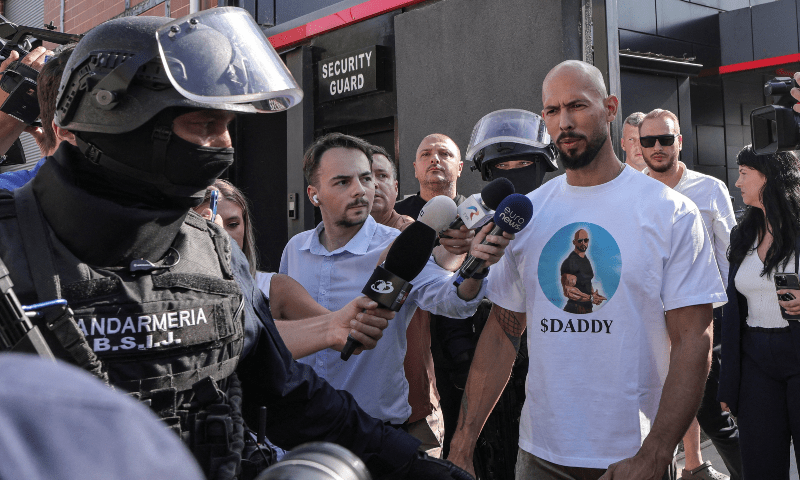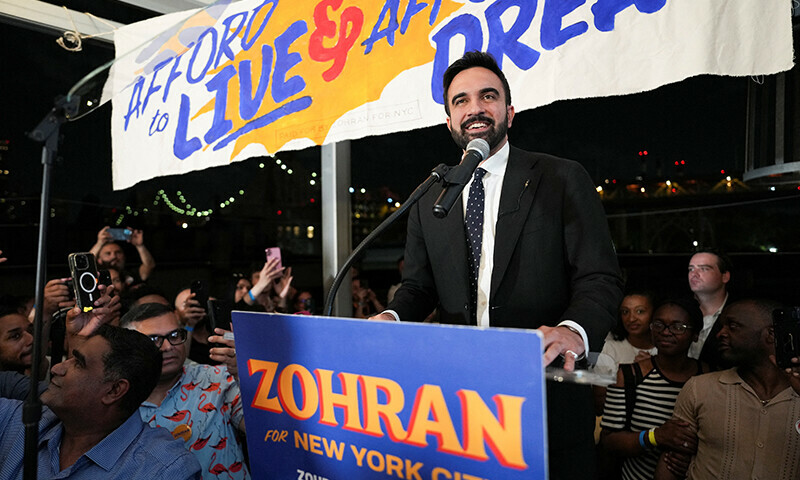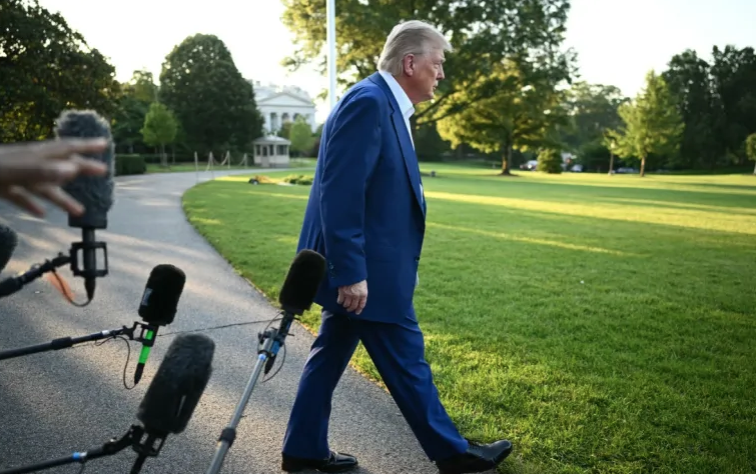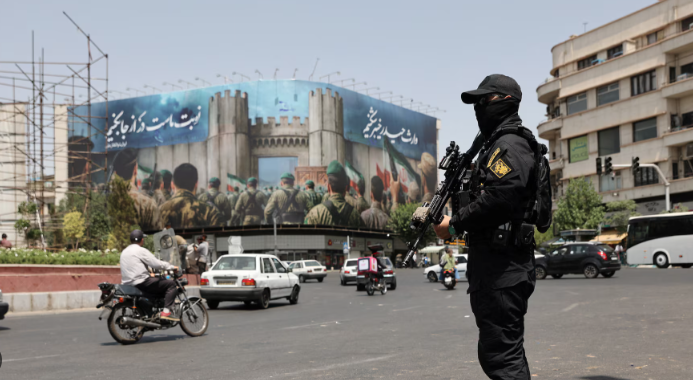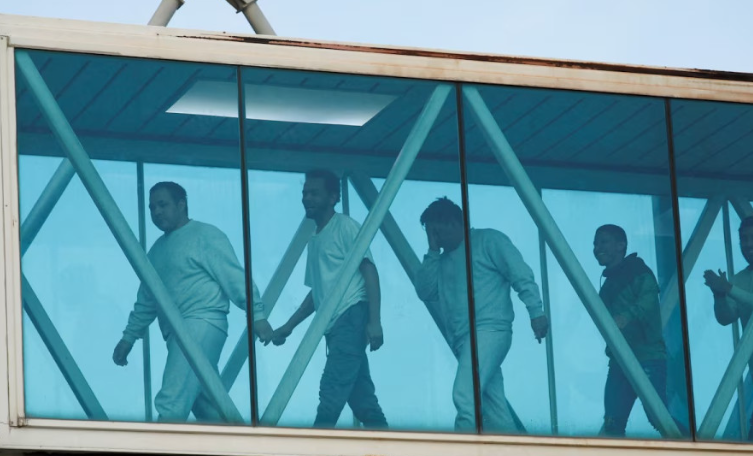WORLD NEWS
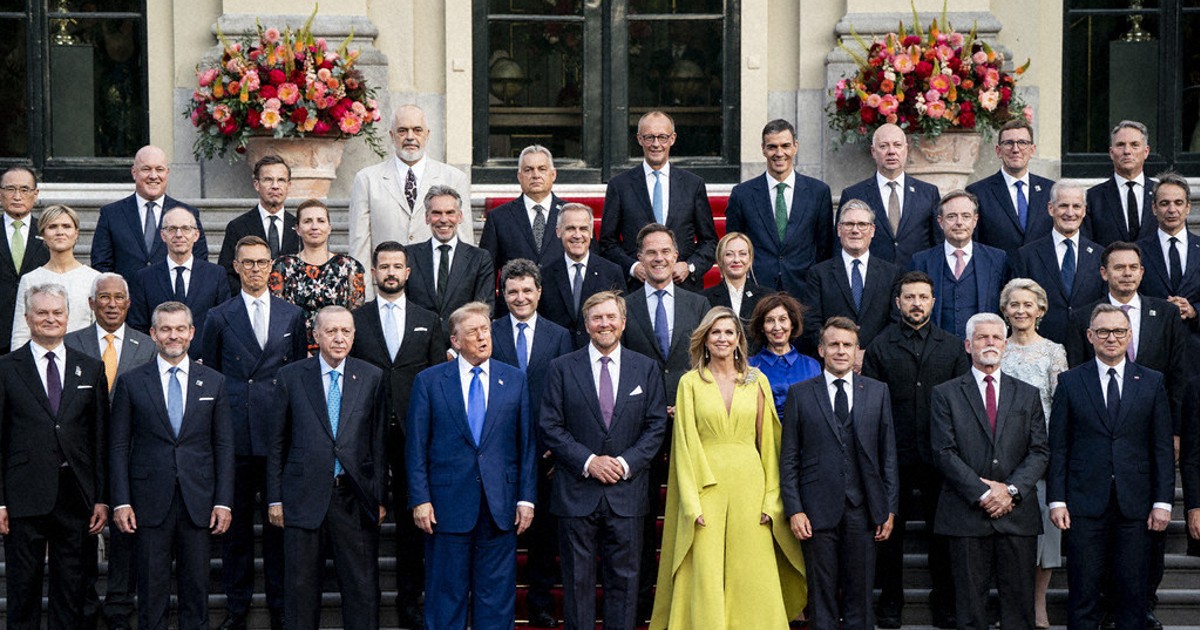
NATO leaders on Wednesday endorsed U.S. President Donald Trump’s demand for a significant rise in defence spending, agreeing to a new goal of 5% of GDP by 2035, while reaffirming their commitment to the principle of collective defence under Article 5 of the NATO Charter.
The announcement came in a five-point joint communique issued during a summit in The Hague, designed to accommodate Trump’s long-standing criticism of European allies for underfunding their militaries. The new target marks a dramatic increase from the current 2% goal.
“I stand with it. That’s why I’m here,” Trump said when asked about Article 5, the foundational clause that states an attack on one NATO member is an attack on all.
Macron Pushes Back Over Tariffs
While most leaders focused on unity, French President Emmanuel Macron warned that Trump’s threatened import tariffs could undermine transatlantic trade and make higher defence spending harder to sustain.
“You cannot come to us as allies and ask that we spend more… and do a trade war. It’s an aberration,” Macron told reporters.
How the 5% Goal Breaks Down
According to the communique:
· 3.5% of GDP will go to core military capabilities—troops, weapons, infrastructure.
· 1.5% of GDP will be used for broader security—cyber defence, energy protection, and civilian infrastructure upgrades to support military operations.
Spain, however, distanced itself from the target, arguing it could meet its commitments with a lower budget. Dutch PM and NATO Secretary General Mark Rutte accepted this deviation to ensure unity and avoid friction.
“There is absolute conviction… that given the threat from Russia, there is no alternative,” Rutte said.
Ukraine and Russia React
Ukrainian President Volodymyr Zelenskiy, who did not attend the formal summit, met with Trump afterwards. His attendance at the pre-summit dinner highlighted Ukraine’s peripheral but symbolically important role in the alliance’s future.
Meanwhile, the Kremlin denounced the summit’s outcome, accusing NATO of portraying Russia as a “fiend of hell” to justify what it called rampant militarisation.
Trump’s Victory at NATO
Despite initial concerns from allies, Trump appeared satisfied with the outcome. The short, focused summit gave him a clear win on defence spending, and allies avoided confrontation over more contentious issues such as Ukraine’s NATO membership path or trade.
The decision reflects growing concern among European states over Russian aggression following the 2022 invasion of Ukraine and signals a hardening military posture across the West.
